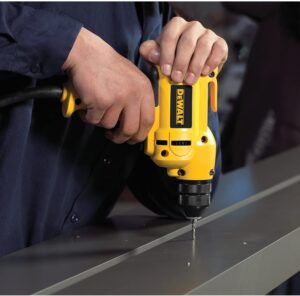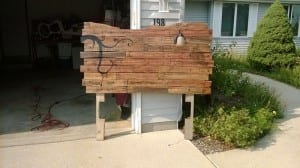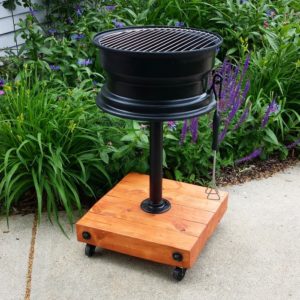Last Updated on July 15, 2024 by teamobn
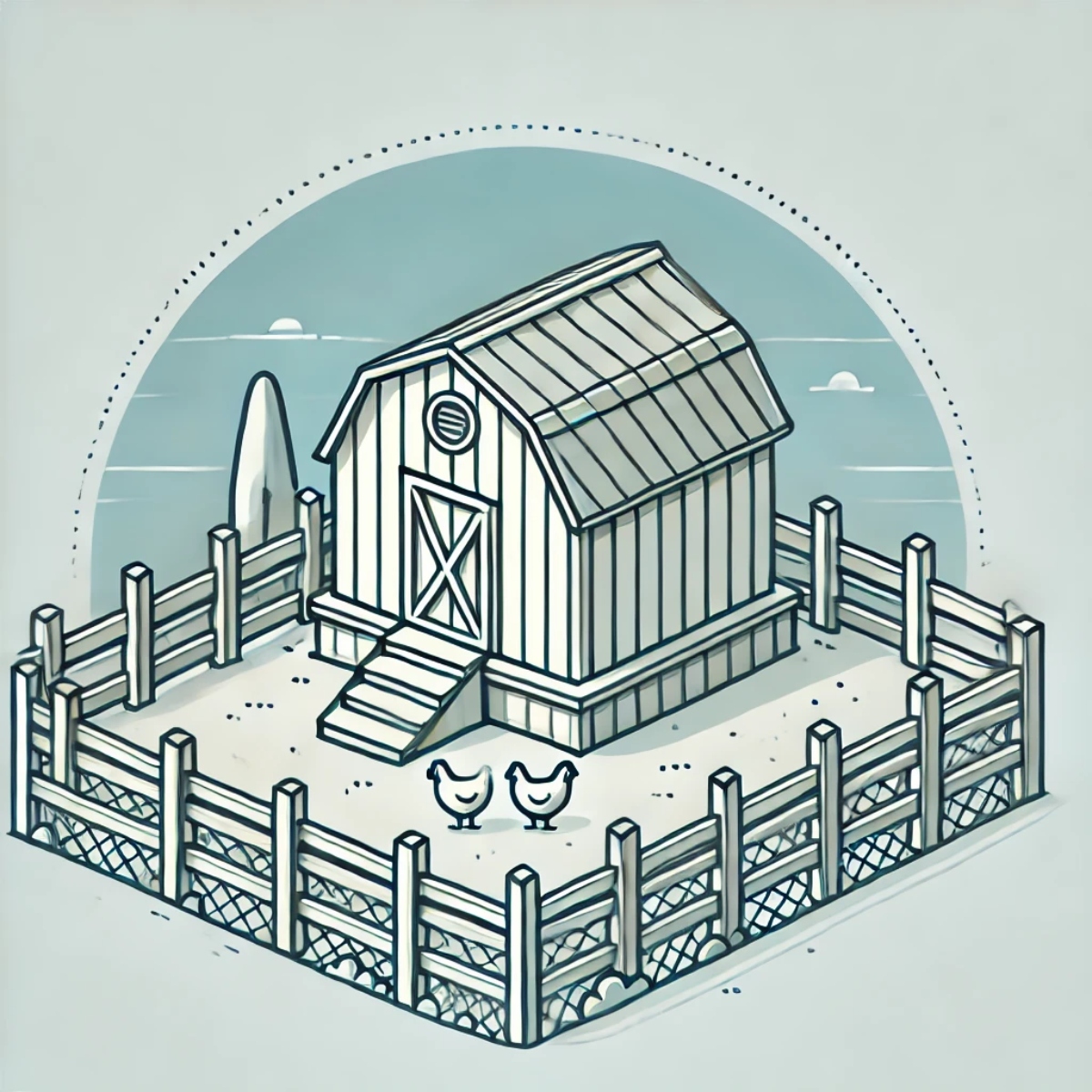
Poultry farming mostly involves making sure your hens are protected from predators. A well-made, predator-proof chicken coop is a must to shield your brood from many possible dangers. For poultry caretakers, predators are a real threat.
Below are the best predator-proof chicken coop tips to keep your chickens safe.
Contents
- 1 Predator-Proof Chicken Coop Methods
- 1.1 Choose a Sturdy Coop Design
- 1.2 Secure the Perimeter
- 1.3 Install a Secure Roof
- 1.4 Use Proper Locks and Latches
- 1.5 Reinforce Windows and Vents
- 1.6 Predator Aprons and Dig-Proof Barriers
- 1.7 Maintain the Coop Regularly
- 1.8 Add Motion-Sensor Lights
- 1.9 Use Noise and Scare Tactics
- 1.10 Consider Guard Animals
- 2 Conclusion
Predator-Proof Chicken Coop Methods
Choose a Sturdy Coop Design
Understanding the Importance of a Sturdy Coop
The basis of every predator-proof chicken coop is a robust design. Your chickens’ stronghold, a well-built coop provides them with a strong defense against foxes, raccoons, and even bigger birds of prey.
Predators trying to dig beneath or breach a strong building made of robust materials can be repelled. Appropriate design will also reduce openings and weaknesses that predators can take advantage of. Putting money into a robust coop will protect your chickens and ultimately save you time and money by lowering the need for ongoing repairs and reinforcements.
How to Build a Sturdy Coop
The foundation of a strong predator-proof chicken coop is selecting the appropriate materials and layout. Select hardwoods, such as pressure-treated lumber or cedar, which are difficult for predators to chew through and resist rot. The coop needs to be raised off the ground to keep moisture out of the wood and to keep burrowing creatures out.
For added strength and stability, cross-brace the coop’s frame. Instead of nails, use heavy-duty hardware and screws; these hold better and are more difficult for predators to remove. Make sure there are no spaces by carefully sealing all corners and seams.
Additional Tips for Enhanced Security
A couple more levels of security help your predator-proof chicken coop design work even better. Wrap an apron of hardware cloth around the coop’s base to keep digging predators away. For further security, build double-layered walls with a hardware cloth lining within.
Make sure all doors and entry points have several levels of security, such as a mix of latches and locks. Especially after bad weather, routinely check the coop for any wear or damage and fix any weak areas right once. Finally, to provide still additional defense against predators, locate your coop where the surrounding land or buildings naturally shield it.

Secure the Perimeter
Why Securing the Perimeter is Crucial
Securing the perimeter of your chicken coop is one of the first lines of defense against predators. A well-secured perimeter keeps ground-based predators at bay and limits their access to the coop area. Without a secure boundary, animals like dogs, coyotes, and even stray cats can easily reach your chickens.
A strong perimeter fence creates a clear barrier that protects not just the coop itself, but also the surrounding area where your chickens roam during the day. By effectively securing the perimeter, you add a vital layer of protection to keep your flock safe.
How to Create a Secure Perimeter
To create a secure perimeter, start by choosing a sturdy fencing material. Hardware cloth with a gauge of 14 or lower is ideal because it is tough and resistant to chewing or clawing. Ensure the fence is at least six feet high to prevent predators from jumping over and bury the bottom of the fence at least 12 inches deep to deter digging.
For additional security to your predator-proof chicken coop, you can angle the buried part of the fence outward. Consider installing an apron of hardware cloth or gravel along the base of the fence to further deter digging animals. Secure the fence with strong, rust-resistant posts placed close together to prevent sagging and gaps.
Additional Considerations for Maximum Protection
For maximum effectiveness, enhance your perimeter fence with additional security measures. Installing an electric wire along the top and bottom of the fence can deter larger predators. Keep the area around the fence clear of vegetation or objects that predators could use to climb or hide behind.
Regularly check the fence for any damage or wear, and repair it promptly to maintain its integrity. If possible, add a secondary inner fence to create a double barrier. Finally, consider using predator-resistant gates and secure them with strong locks to prevent unauthorized entry.
Install a Secure Roof
The Importance of a Secure Roof
A predator-proof chicken coop needs a safe roof above all else. It keeps climbing animals like possums and raccoons out of the coop and shields your chicks from eagles, owls, and hawks. Your hens are in danger of quick and deadly above-the-head assaults without a strong roof.
Predators are deterred by a robust roof, which also offers vital protection from the weather, keeping your flock secure and happy all year round. Making the investment in a strong roof design is essential to building a chicken coop that is really predator-proof.
How to Install a Secure Roof
Select sturdy and predator-resistant materials first to build a safe roof for your predator-proof chicken coop. Predators find it difficult to get through metal roofing sheets, which also resist weather damage. Another excellent choice is polycarbonate panels, which provide some light into the coop while offering robustness and longevity.
Make sure the roof is firmly fastened to the coop construction using robust fasteners that tenacious predators cannot simply pry off. To further shield the coop walls and lower the possibility of predators getting a foothold, think about expanding the roof overhang.

Additional Tips for Roof Security
Reinforce the roof of your predator-proof chicken coop with extra security features. Incorporating hardware cloth beneath the main roofing material provides an additional barrier against predators that dig and climb. To keep predators out, be sure small-gauge hardware cloth is covering any ventilation holes in the roof.
Especially following storms or strong winds, routinely check the roof for any wear or damage and quickly fix any weaknesses. The installation of a gutter system can help to direct water away from the coop, therefore avoiding erosion and any roof edge issues.
Use Proper Locks and Latches
Why Correct Locks and Latches Matter
Keeping a predator-proof chicken coop requires using the right locks and latches. Remarkably good at removing basic latches, many predators can easily get inside coops with insufficient security. Strong, dependable locks and latches guarantee that all entrances to the coop are firmly fastened and difficult to open. Purchasing premium locking mechanisms lower the possibility that predators may enter your coop and injure your flock.
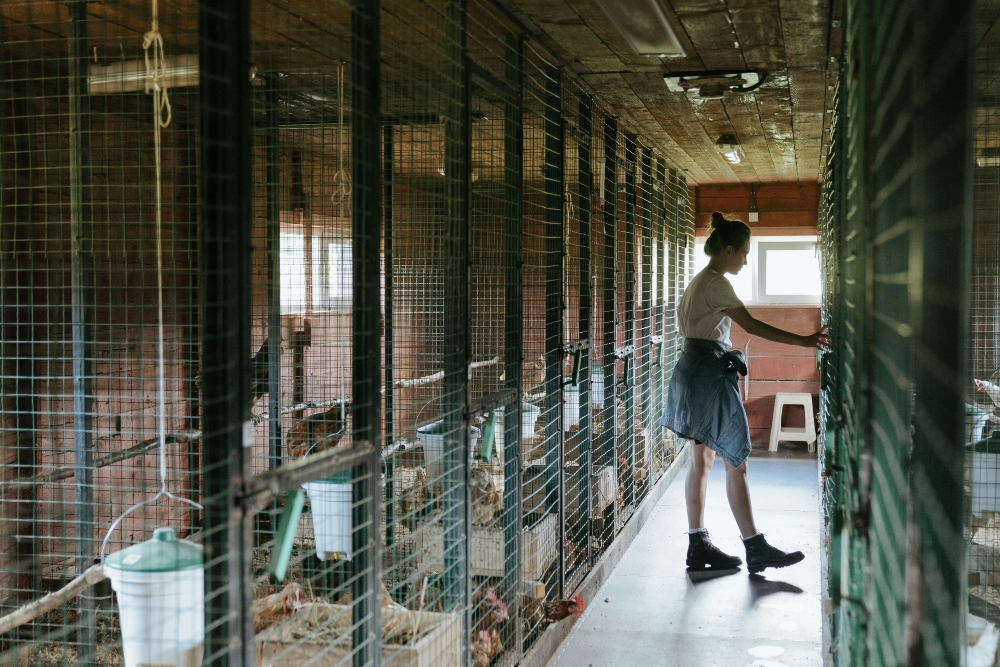
Selecting and Setting Up Secure Locks and Latches
Select locks and latches made especially to withstand tampering for your predator-proof chicken cage. Given that they call for a degree of dexterity that most predators lack, combination locks, padlocks, and carabiner-style latches are great options.
Install these locks on every door and entry point, making sure they are out of the way of climbing or standing animals on their hind legs. Use locks on sliding doors that will firmly hold the door in place and keep it from being raised or jiggled open. For all locking mechanisms to continue working well over time, make sure they are constructed of rust-resistant materials.
Boosting Lock and Latch Security
Double-locking systems for important access points can help to further improve the security of your predator-proof chicken coop. Predators can be further hampered by, for instance, a padlock that has a latch that needs to be squeezed or twisted. Examine all locks and latches often for wear or tampering, and replace any that appear weak.
To make locks difficult to reach and operate, cover or guard them. To keep the coop intact against predators, remind everyone who uses it of the need to properly lock and latch all of the locks and latches each time they use it.
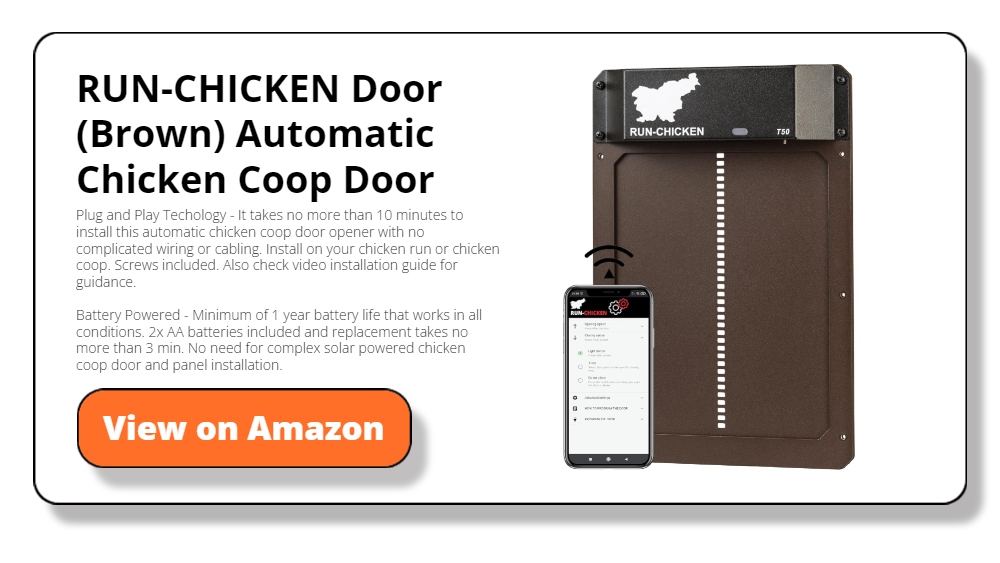
Reinforce Windows and Vents
The Role of Reinforced Windows and Vents
Reinforcing windows and vents is crucial to constructing a predator-proof chicken coop. These openings provide essential ventilation and natural light to the coop but can also serve as potential predator entry points if not properly secured.
Predators like raccoons, weasels, and snakes can exploit even the smallest gaps in windows and vents to gain access to your chickens. Ensuring these areas are well-protected helps maintain a balance between necessary airflow and the safety of your flock. Properly reinforced windows and vents are key to keeping your predator-proof chicken coop impenetrable.
How to Reinforce Windows and Vents
To reinforce windows and vents in your predator-proof chicken coop, cover them with sturdy, small-gauge hardware cloth. Hardware cloth with a mesh size of no larger than 1/2 inch is ideal because it is strong enough to resist tearing and small enough to keep out even the smallest predators.
Secure the hardware cloth tightly over the openings using screws and washers, which provide a more secure attachment than staples. For added protection, frame the hardware cloth with wooden or metal strips to prevent it from being pried loose. Ensure all edges are flush against the coop structure to eliminate any gaps.
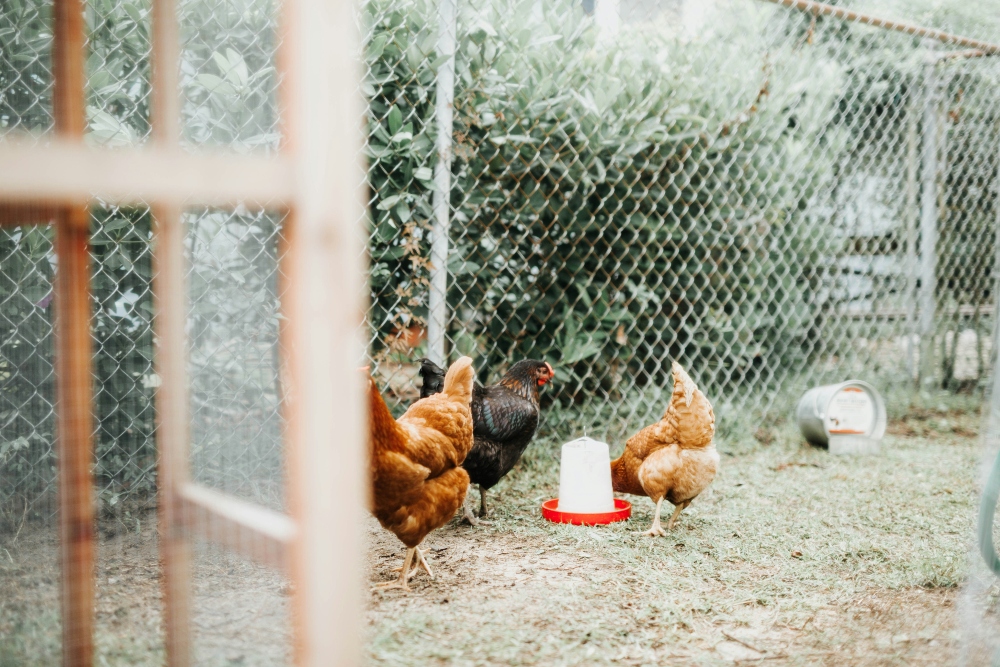
Additional Tips for Window and Vent Security
Consider adding multiple layers of defense for enhanced security in your predator-proof chicken coop. Installing shutters or hinged covers over windows can provide additional protection at night or during bad weather. These can be closed and secured with locks or latches to further deter predators.
Use vent covers designed to fit snugly over the openings and add a layer of hardware cloth behind them for double security. Regularly inspect windows and vents for signs of wear, rust, or damage, and replace any compromised hardware cloth or fasteners promptly to maintain a strong barrier against predators.
Predator Aprons and Dig-Proof Barriers
The Importance of Predator Aprons and Dig-Proof Barriers
Predator aprons and dig-proof barriers are essential for a predator-proof chicken coop, as they prevent animals from burrowing underneath the coop to gain access to your chickens. Many predators, including foxes, dogs, and raccoons, are known to dig their way into coops if given the opportunity.
Installing predator aprons and dig-proof barriers creates an effective underground defense that stops these determined diggers in their tracks. This method is particularly important for protecting the foundation of your coop and ensuring that it remains secure from all angles.
How to Install Predator Aprons and Dig-Proof Barriers
To install predator aprons around your predator-proof chicken coop, lay a strip of hardware cloth or welded wire mesh extending outwards from the coop’s base. The apron should be at least 18 to 24 inches wide and buried a few inches below the surface to prevent predators from simply digging beneath it.
Angle the hardware cloth away from the coop to make it even more difficult for predators to bypass. You can also use gravel or rocks to cover the hardware cloth, adding weight and making it less attractive for digging. Consider extending the hardware cloth vertically up the coop walls a few inches before laying it flat for additional protection.
Additional Tips for Effective Dig-Proofing
To maximize the effectiveness of your predator-proof chicken coop’s dig-proof barriers, combine several protective measures. In addition to predator aprons, bury heavy-duty fencing or pavers along the coop’s perimeter to create a more formidable barrier. Regularly check the ground around the coop for signs of attempted digging, such as loose soil or burrows, and reinforce any weak spots immediately.
Maintain a clear area around the coop’s foundation to spot any potential vulnerabilities quickly. For coops that are moveable or have raised floors, ensure that the ground beneath them is also protected by laying hardware cloth or using a solid base to prevent access from below.
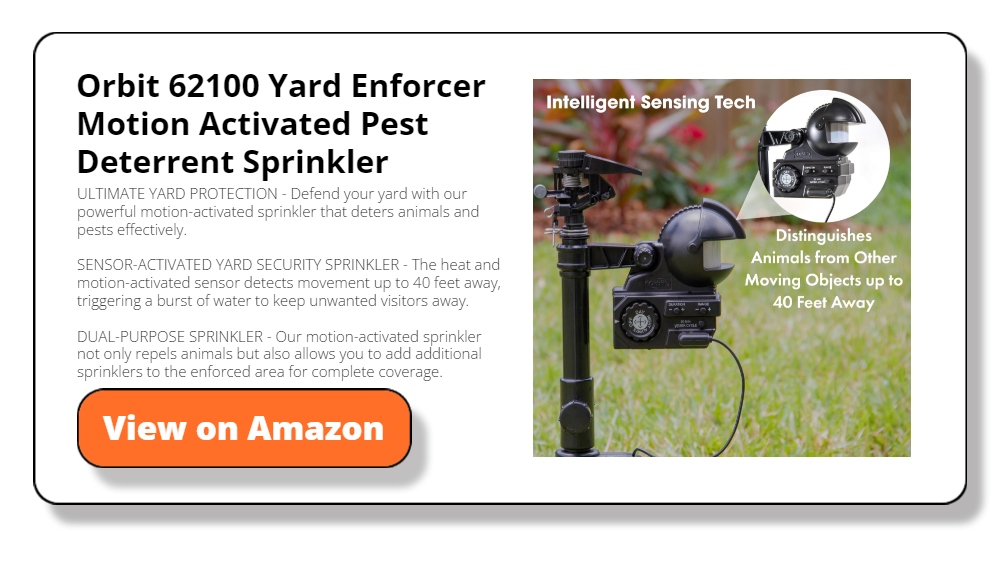
Maintain the Coop Regularly
The Value of Ongoing Upkeep
Keep your predator-proof chicken coop in top shape with routine maintenance. Weather, wear and tear, or persistent predators testing the defenses of even the most secure coop might eventually expose weaknesses.
Frequent maintenance and inspections enable you to spot and resolve these problems before they become major hazards to the safety of your hens. Your flock will continue to find a secure refuge in your predator-proof chicken coop if you keep up regular maintenance on it.
Maintaining Your Coop
Inspect your predator-proof chicken coop at least once a month to keep it that way. Look for wear and tear, such as loose boards, ripped hardware cloth, or weaker locks. Areas that come into regular touch with the ground or are exposed to moisture are more likely to deteriorate. Fix any damage right once to save little problems from getting worse.
Check the coop often for debris and signs of predator activity, such as burrows or claw marks. A tidy coop also lessens the chance of drawing insects that could compromise its integrity.
More Upkeep Advice
Create a schedule for your predator-proof chicken coop upkeep that includes both seasonal and weather-related inspections. Look for wind- or flood-related damage to the coop after major storms. Look for accumulation of snow or ice in the winter that could put pressure on the walls or roof. Make sure that throughout the summer windows and vents are reinforced to prevent airflow from being hampered. Oil them often so that the hinges and locks remain in good operating condition.
In addition, have extra hardware cloth, and screws on hand so you can take quick care of any problems as they come. Your chickens are protected because a well-kept coop continues to be a formidable barrier against predators.
Add Motion-Sensor Lights
Why Lights With Motion Sensors Work
Motion-sensor lights added to your predator-proof chicken coop improve protection by discouraging nocturnal predators. Since many predators—including foxes, coyotes, and raccoons—are mostly active at night, they can approach your coop covertly. These animals can be startled and are less inclined to approach further by motion-sensor lights.
Also, the abrupt light might warn you or other locals of possible dangers so that prompt action can be taken. Including motion-sensor lights into your predator-proof chicken coop design gives an additional degree of defense and increases the difficulty for predators to strike your flock at night.

Motion-Sensor Light Installation
Installing motion-sensor lights in your predator-proof chicken coop requires first determining the main spots where predators are most likely to come. For wide coverage, put lights close to windows, entrances, and the coop’s perimeter. Select weather-resistant lighting with programmable sensitivity levels to customize brightness and activation range.
Put the lights up high enough so that predators can’t meddle with them and still the area is well lit. An easy choice are solar-powered lights, which run reliably even in isolated areas without access to electricity and need no upkeep.
Increasing Motion-Sensor Light Effectiveness
Mix motion-sensor lights with other deterrents to get the most out of them in your predator-proof chicken coop. For a more frightening setting for predators, pair the lights with noise-making equipment or alarms that go off when the lights detect movement. Check and clean the light sensors often to make sure they work properly and change their sensitivity to avoid wind-blown debris or little animals causing false alerts.
Orient the lights to stay out of shadowy places where predators might hide. Motion-sensor lights improve the general security of your predator-proof chicken coop and keep your birds safe from nighttime dangers when they are included in a thorough security plan.
Use Noise and Scare Tactics
How Scarecrows and Noise Deter Predators
A predator-proof chicken coop can be made much more successful by including scare and noise techniques. Natural cautionary creatures, many animals will stay away from places they believe could be dangerous. Raccoons, foxes, and birds of prey might be startled and deterred from approaching your coop by sudden loud noises, flashing lights, or moving objects.
Predators will be far less likely to try to get into your predator-proof chicken coop if you make the surroundings seem unsettling and dangerous. These strategies work especially well as an adjunctive defense to other physical barriers you already have in place.
Using Scare and Noise Techniques
Install motion-activated gadgets that flashlights or make loud noises to begin using noise and scare techniques in your predator-proof chicken coop. Smaller risks are inherently deterred by devices like predator calls and ultrasonic repellers, which replicate the sounds of larger predators.
Predators can be deterred visually by scarecrows, reflective tape, and whirling pinwheels. Put these deterrents next to doorways, windows, or anywhere predators are most likely to approach. Move and tweak these devices often to keep predators from growing used to them.
More Useful Advice
Combining several fright and noise techniques can best improve the security of your predator-proof chicken house. Rotate and replace your deterrents often to keep them working and prevent predators from growing accustomed to them. Include flashing lights in different patterns to increase the ambiguity of the surroundings.
Think of deploying automated sound machines that play loud noises or larger animals’ distress calls on occasion. A more basic deterrence can be found in hanging wind chimes or empty tin cans that clatter in the wind. By always changing your scare strategies, you can keep your predator-proof chicken coop a difficult target for any would-be intruders.
Consider Guard Animals
The Benefits of Guard Animals
Guard animals can play a crucial role in maintaining a predator-proof chicken coop. Animals such as dogs, geese, and even donkeys have natural instincts to protect their territory and can be effective in deterring predators. Dogs, in particular, can be trained to patrol the coop area and alert you to any unusual activity. Geese are known for their loud honking and aggressive behavior towards intruders, while donkeys can fend off smaller predators with their strong defensive capabilities. By integrating guard animals into your predator-proof chicken coop strategy, you add a dynamic and active layer of protection that can deter even the most persistent predators.
How to Integrate Guard Animals
To integrate guard animals effectively into your predator-proof chicken coop, choose animals that are compatible with your chickens and have a natural instinct to protect. Start by training your chosen guard animal to familiarize them with the coop and the chickens they will be protecting.
For dogs, focus on breeds with strong guarding instincts and ensure they understand their role in safeguarding the flock. Geese can be introduced to the coop area gradually, allowing them to become accustomed to the chickens and the environment. Provide adequate shelter and feeding arrangements for your guard animals near the coop to keep them engaged and ready to act.
Additional Tips for Using Guard Animals
Consider a few additional tips for optimal performance when using guard animals to protect your predator-proof chicken coop. Ensure your guard animals have a secure area to rest and take shelter from extreme weather, as a well-cared-for animal is more effective at its job.
Regularly monitor the interaction between your guard animals and chickens to prevent any potential conflicts. If you use multiple guard animals, such as dogs and geese together, ensure they are introduced properly and can work cooperatively.
Finally, provide consistent training and reinforcement to keep your guard animals alert and responsive to potential threats, enhancing the overall security of your predator-proof chicken coop.
Conclusion
Implementing these top 10 tips will significantly enhance the security of your predator-proof chicken coop. Each method provides a crucial layer of protection, ensuring your chickens remain safe from various threats. With careful planning and consistent maintenance, your coop will become a reliable fortress, allowing your flock to thrive without fear of predators.



